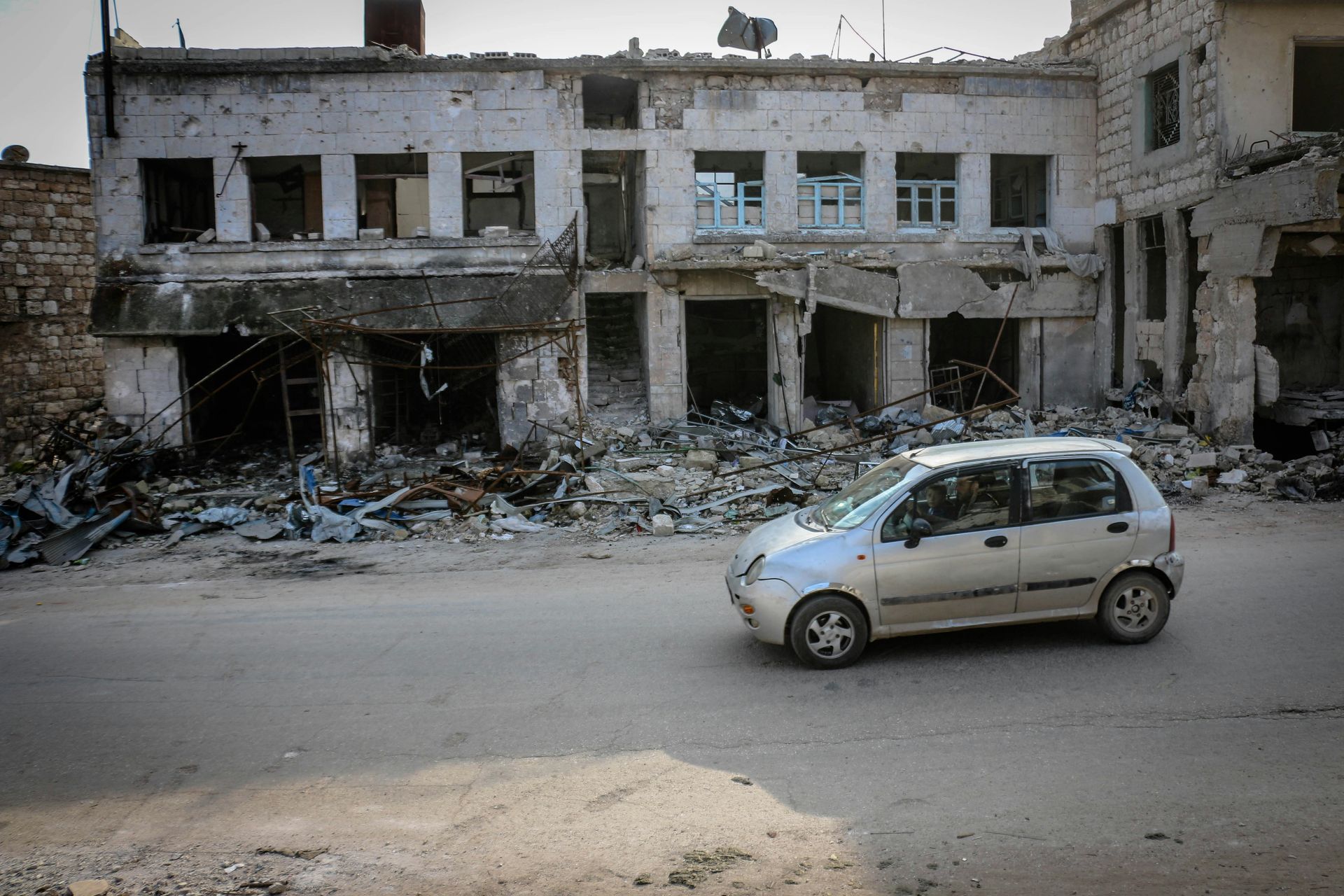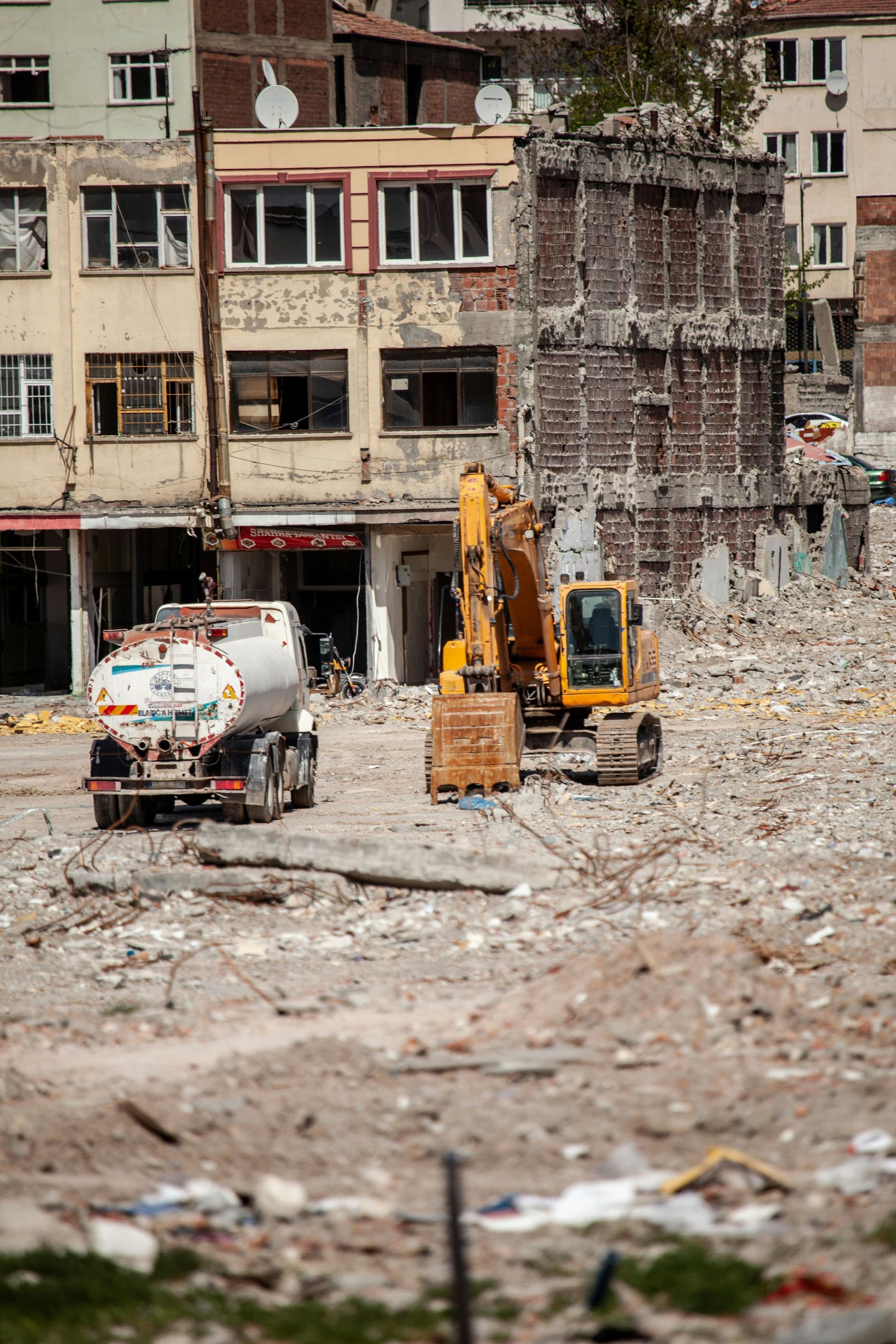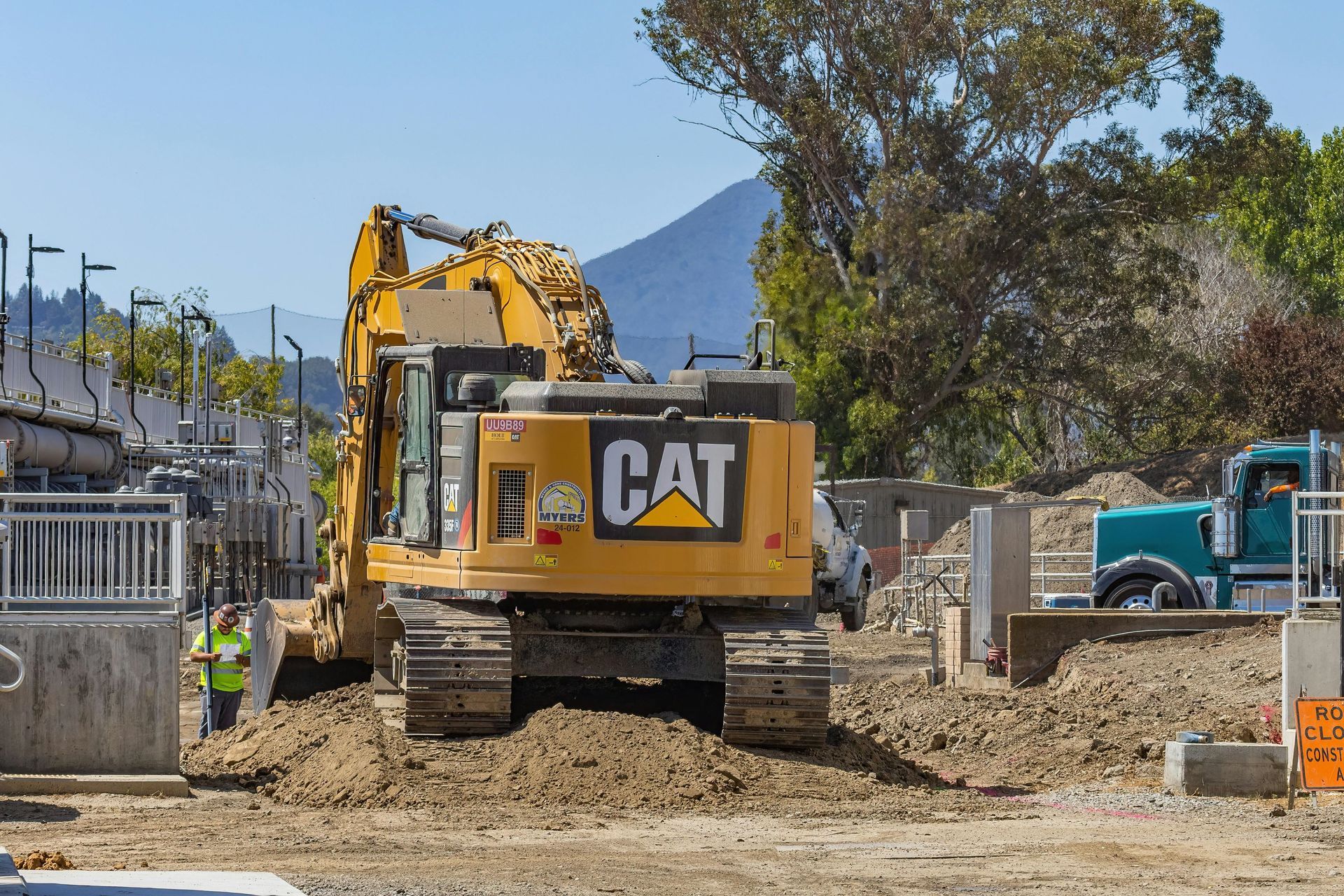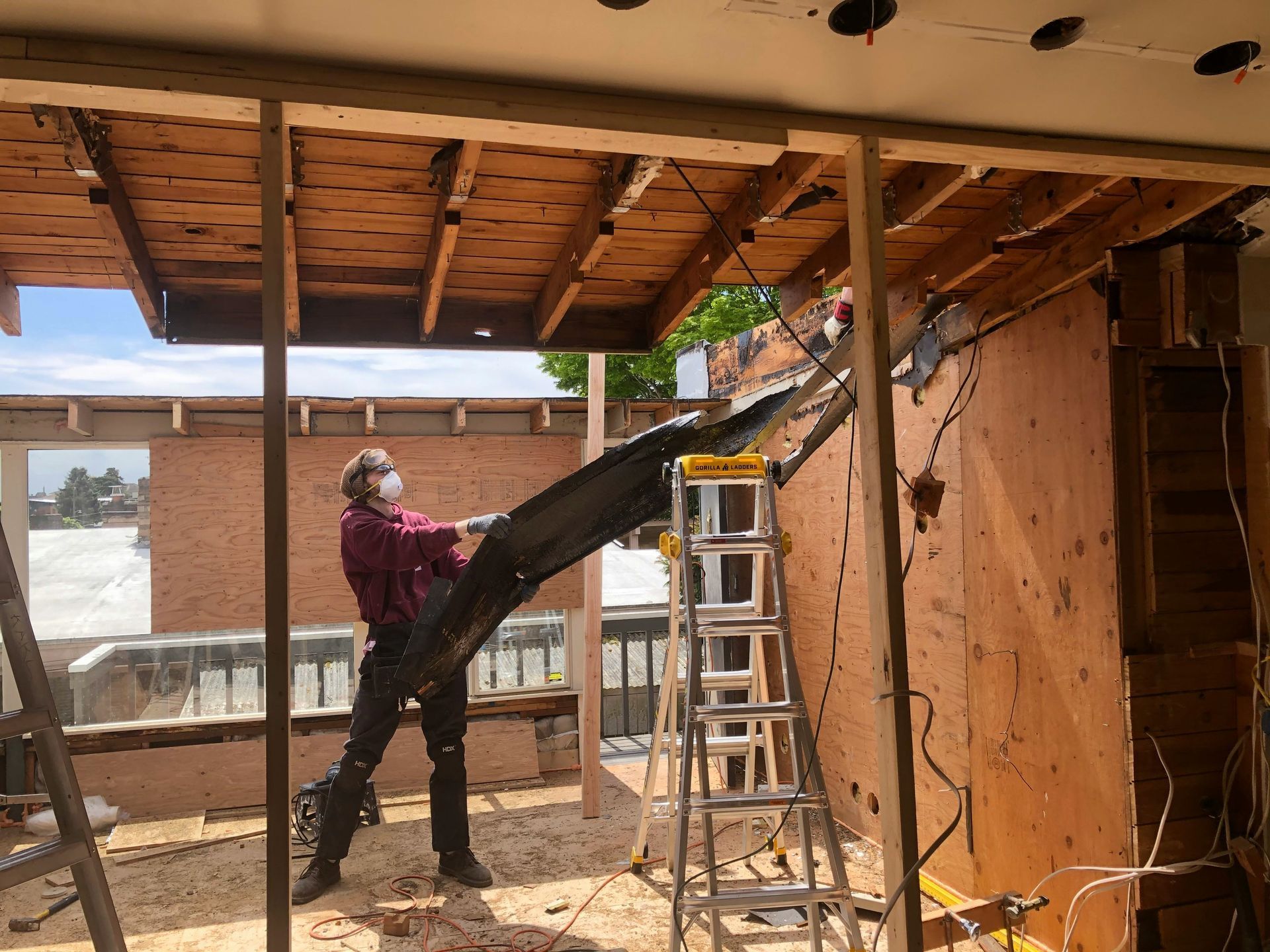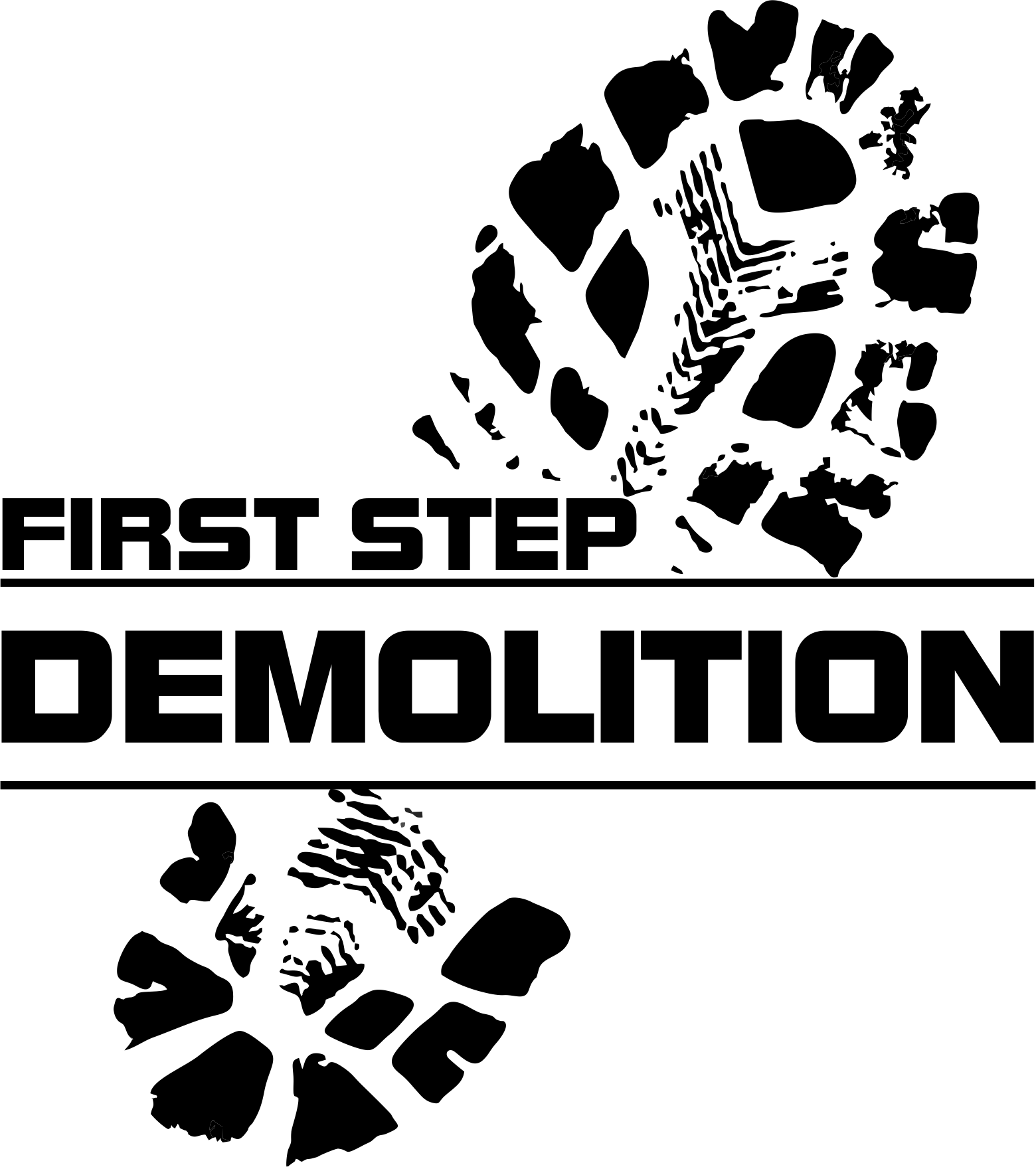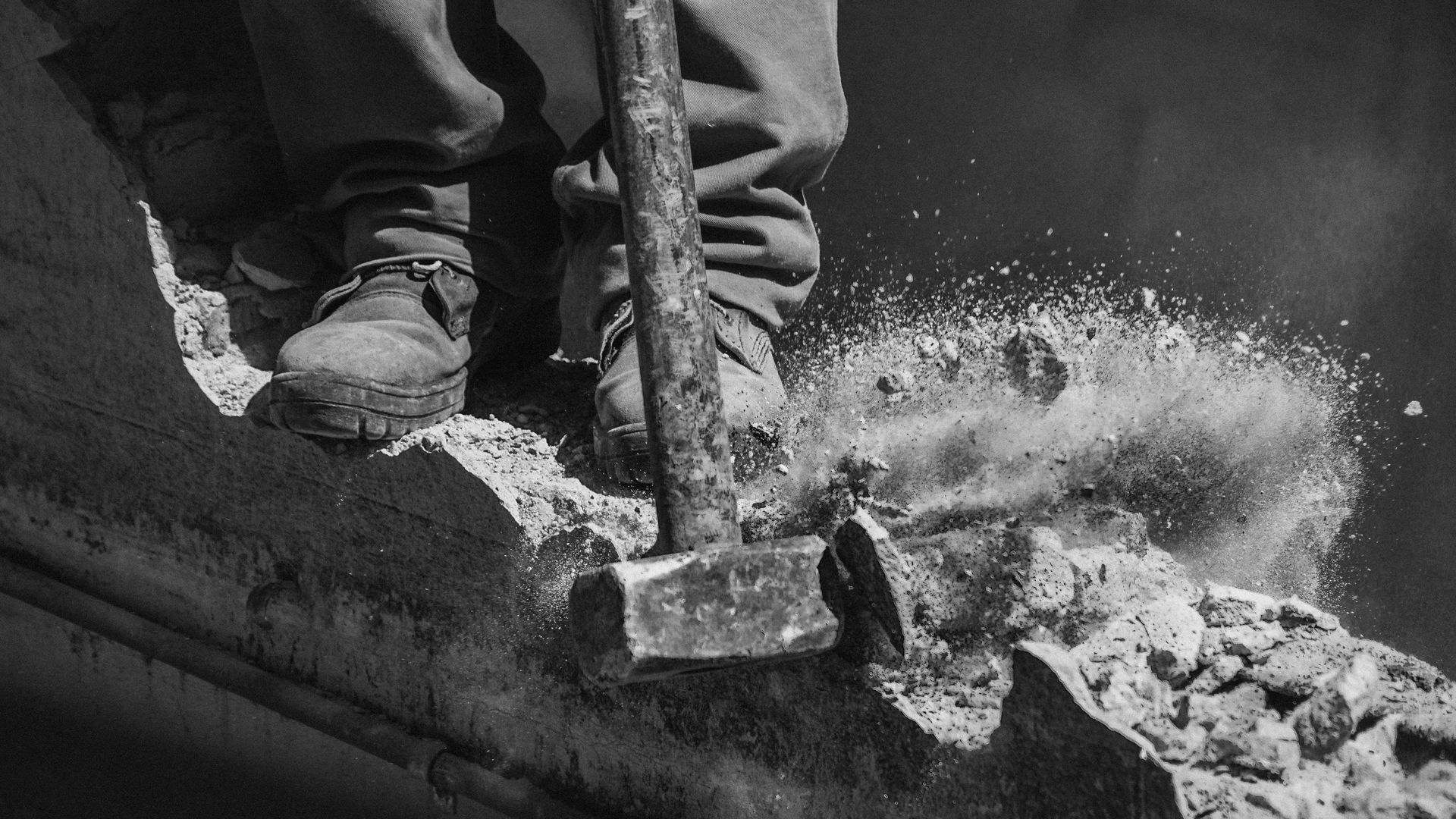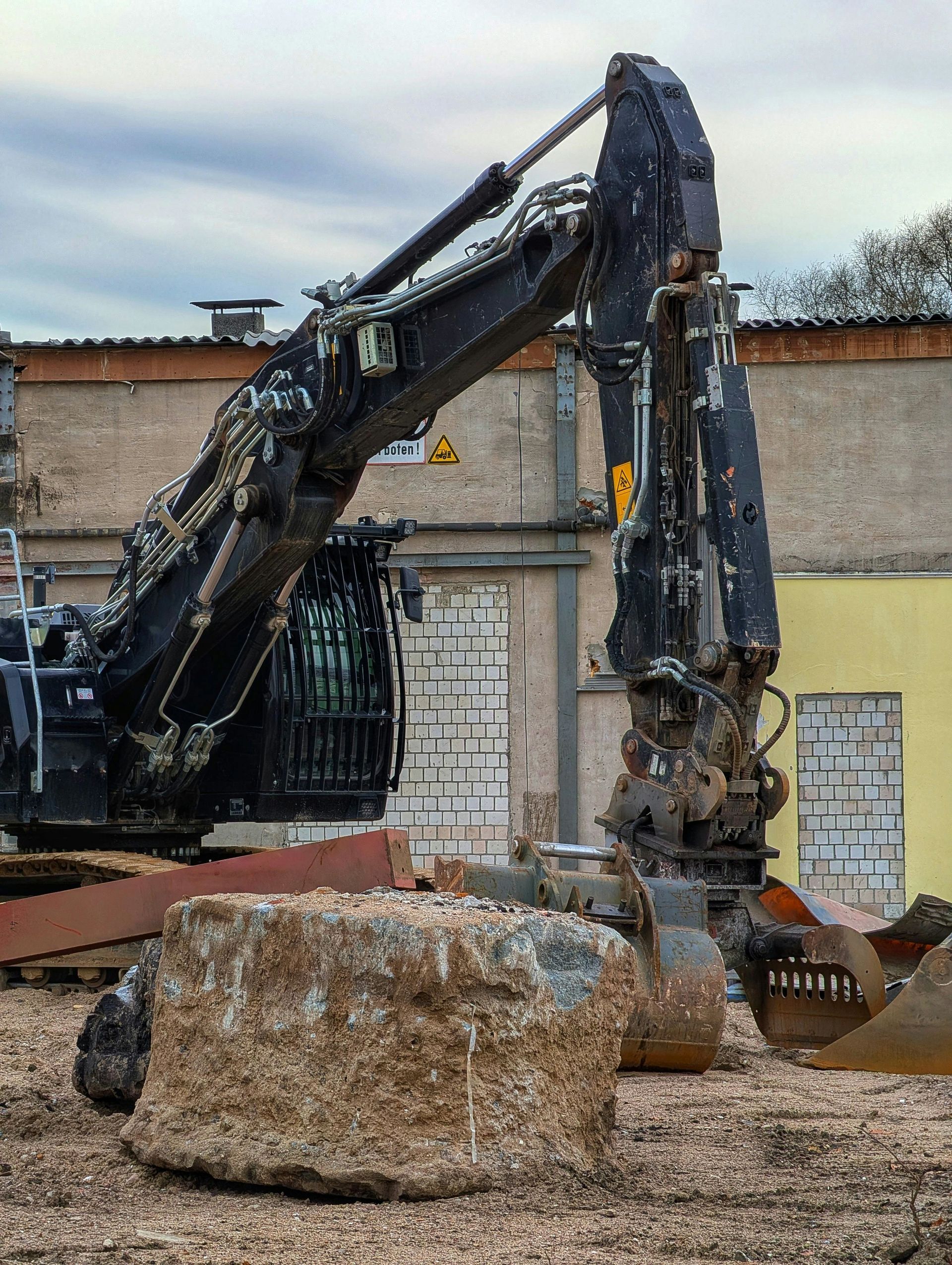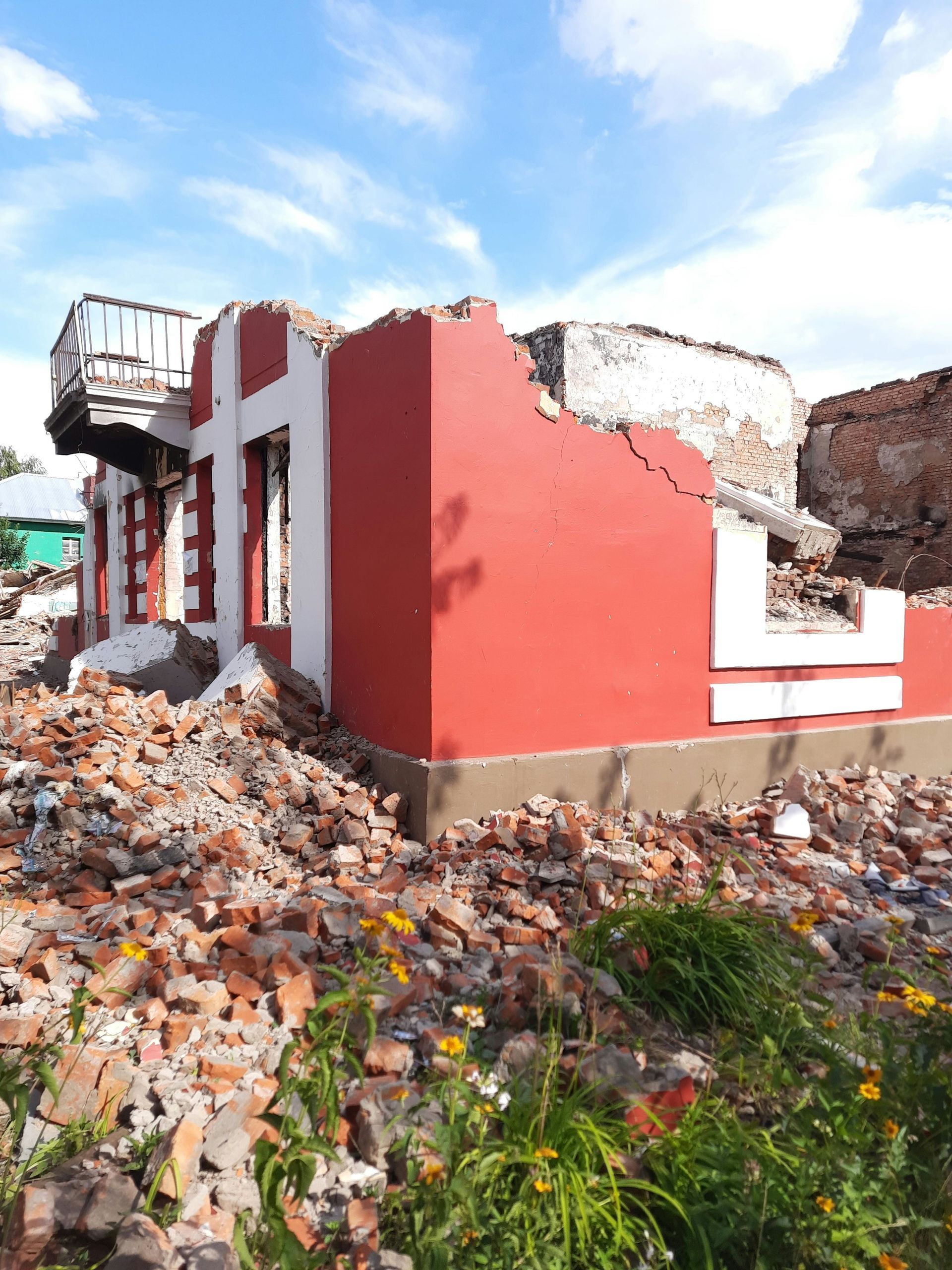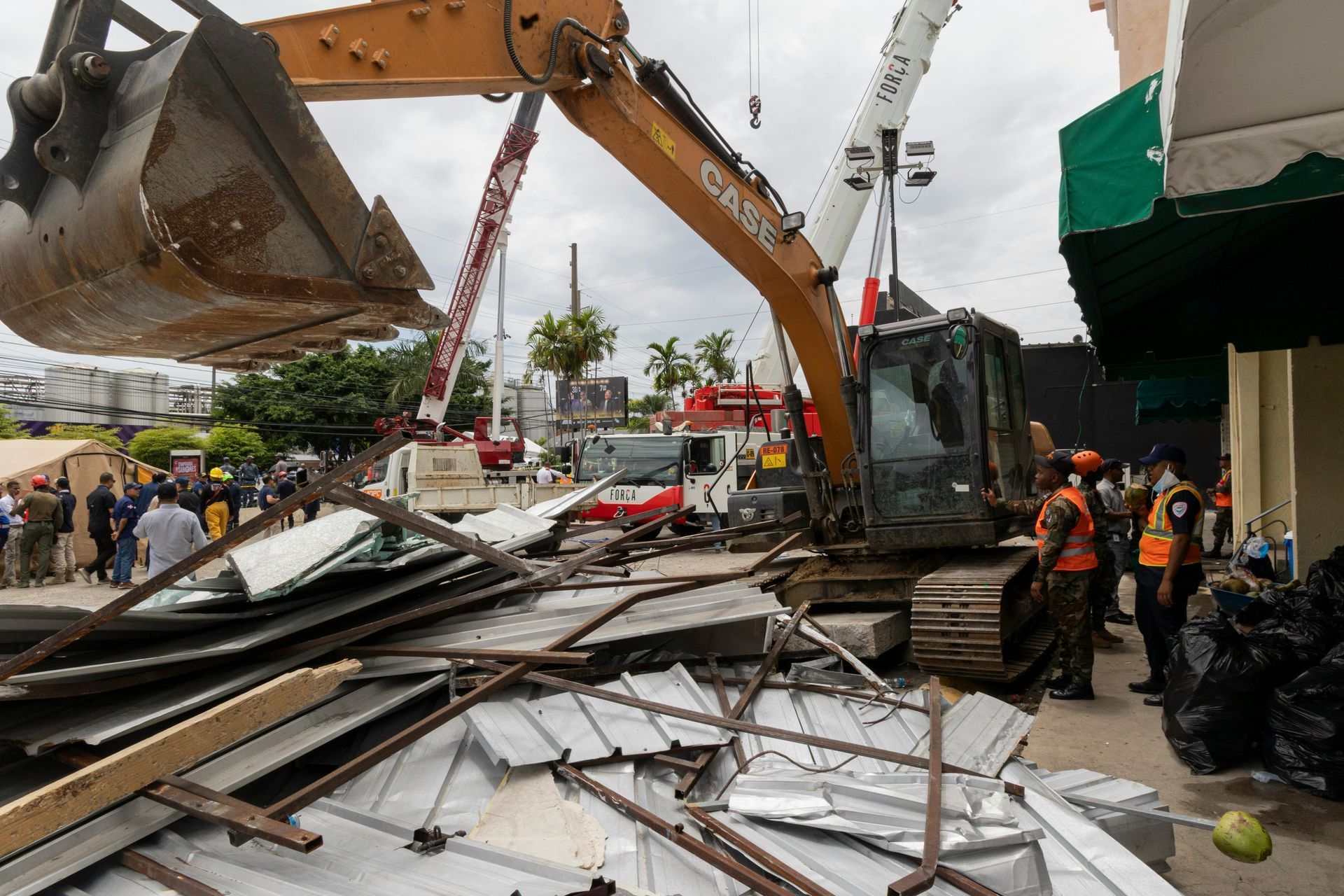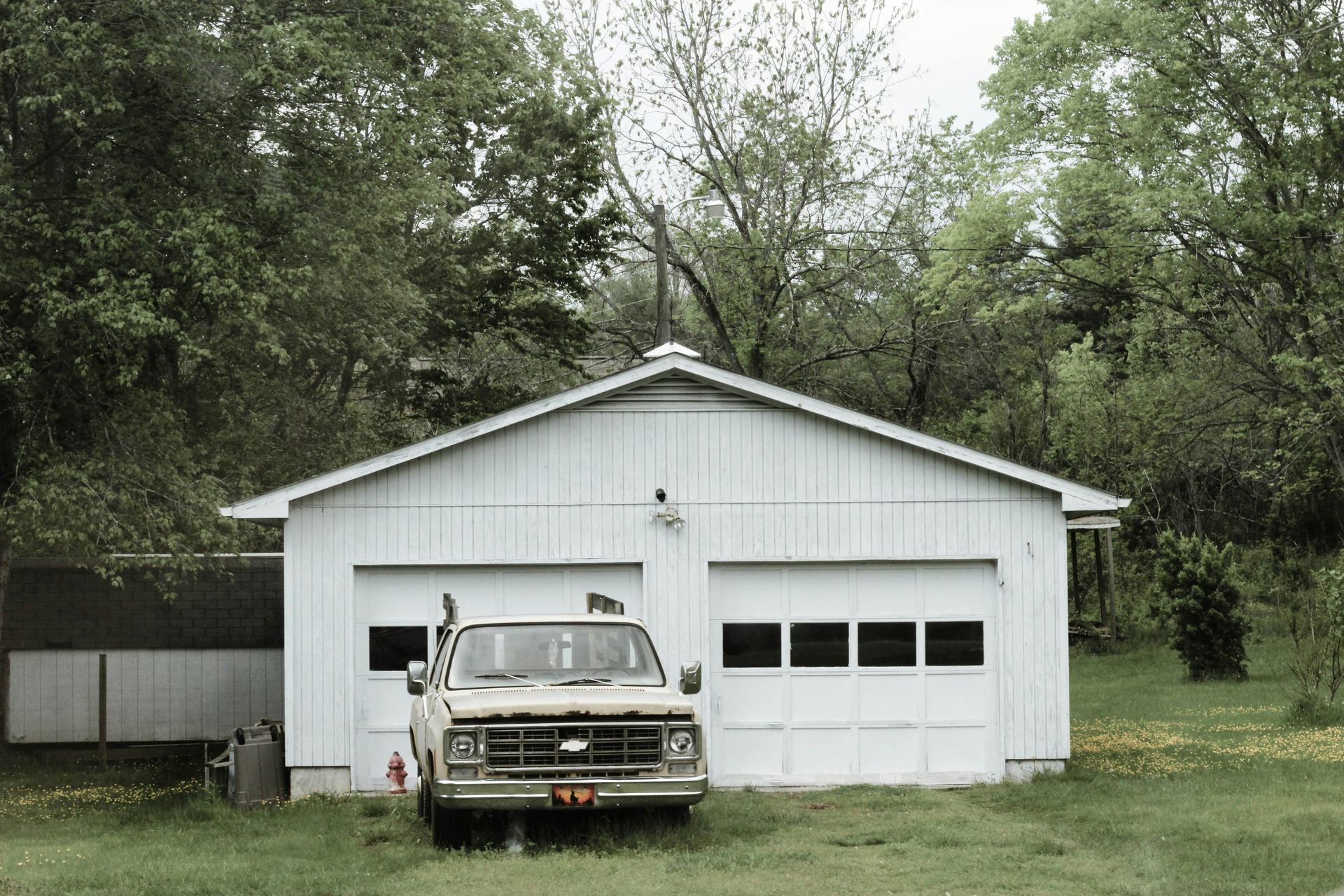Tips for a Successful Residential Demolition

Tips for a Successful Residential Demolition
Are you preparing to demolish a residential structure? Whether it is a single-family home, duplex, or apartment building, there are some important things to keep in mind to ensure the demolition goes smoothly and safely. Who wouldn't want to have a successful residential demolition, right? However, even the most experienced contractor can run into unexpected challenges during a residential demolition. The key to keeping the project on track is to be prepared for anything. In this blog post, we will walk you through some tips you can follow to have a smooth-sailing residential demolition.
9 Tips You Can Follow to Have a Successful Residential Demolition
Demolishing a residential property can be a complex and dangerous process. To ensure a safe and successful demolition, it is important to follow some key tips. Below are 9 tips so that you can have a successful residential demolition. By following these tips, you can help ensure a residential demolition that runs smoothly from start to finish.
1. Planning is key. Know what you want to demolish and how you're going to do it.
There are many factors to consider before starting a residential demolition. The very first factor is knowing what you want to demolish and how you're going to do it. The first step is to identify the structure that you want to demolish and assess its condition. If the structure is in good condition, you may be able to sell it or donate it instead of demolishing it. However, if the structure is in poor condition or poses a safety hazard, demolition may be the best option. Once you've decided to go ahead with demolition, the next step is to develop a plan. This plan should include a timeline, a budget, and a list of materials and equipment that you'll need. It's also important to obtain the necessary permits from your local authorities. With careful planning and execution, a residential demolition can be a successful project.
2. Prepare a plan B. Always have a backup plan in case something goes wrong.
Residential demolition can be a messy and complicated process. There are a lot of factors that need to be considered, and things can often go wrong. That's why it's important to always have a backup plan in case something goes array. Have a contingency plan for every stage of the demolition, from obtaining the necessary permits to disposing of the debris. That way, if one part of the plan falls through, you'll still be on track to successfully complete the demolition. With a little planning and foresight, you can ensure that your residential demolition goes off without a hitch.
3. Secure your property. Protect your property and belongings by fencing off the demolition area.
It's important to take the proper precautions to protect your property and belongings from damage. One way to do this is to fence off the demolition area. This will help to contain the debris and dust, and prevent them from spreading to other parts of your property. In addition, it's important to remove any flammable materials from the area, as there is a risk of fire during demolition. By taking these simple steps, you can help to ensure a successful and safe residential demolition.
4. Secure local permits. Make sure you have the necessary permits and approvals from local authorities.
Residential demolition can be a messy and complicated process, so it's important to make sure you have all the necessary permits and approvals from local authorities before you start. Otherwise, you could face costly delays or even legal trouble. The first step is to submit a demolition application to your local building department. Once the application is approved, you'll need to obtain a permit from the department. In most cases, you'll also need to have your property inspected by a licensed engineer or architect. Once you have all the required permits and approvals, you can begin the demolition process. However, it's still important to exercise caution and follow all safety guidelines to avoid any accidents or injuries.
5. Safety first. Always wear the appropriate safety gear when working with heavy equipment.
There are many safety concerns that need to be considered when doing a residential demolition. One of the most important safety tips to follow is to always wear the appropriate safety gear. This includes a hard hat, safety glasses, earplugs, and gloves. In addition, it is important to stay aware of your surroundings and to avoid standing in areas where debris might fall. By following these simple safety tips, you can help ensure a successful and safe residential demolition.
6. Have the right tools. Make sure you are using the correct tools and equipment in the demolition.
If you're planning a residential demolition, one of the most important things you can do is make sure you have the right tools. This may seem like a no-brainer, but it's important to remember that not all demolition projects are alike. What works for one may not work for another. So, before you get started, take a moment to assess your needs and figure out which tools will work best. You may need something as simple as a sledgehammer or a crowbar, or you may need heavy-duty equipment like an excavator or a Bobcat. Whatever the case may be, having the right tools on hand will make your demolition project go much smoother.
7. Work systematically. Take your time and demolish one section at a time.
One of the most important things to remember is to take your time. Don't try to demolish the whole house in one go - focus on one section at a time. This will make the job easier and less likely to cause damage to surrounding property. Another important tip is to make sure you have all the necessary permits in place before you start work. Demolition can be a noisy and disruptive process, so it's important to make sure you won't be disturbing your neighbors. Finally, always hire a professional demolition company to carry out the work. They will have the experience and equipment needed to safely and efficiently demolish your home.
8. Keep the area clean. Remove debris and rubble from the site.
To ensure a successful demolition, it is important to remove all debris and rubble from the site. This includes any items that may have been left behind by the previous occupants, as well as any construction materials that were not properly removed. In addition, all utilities must be disconnected before demolition can begin. Once all of the debris has been removed and the site is clear, the demolition process can begin. Residential demolition can be a messy and dangerous job, but following these simple tips will help to ensure a successful demolition.
9. Get help if needed. Hire a professional demolition contractor for peace of mind.
If you're not experienced in demolishing buildings, it's best to leave the job to a professional contractor. A professional contractor will have the experience and knowledge to safely and efficiently demolish your home. They will also have the proper insurance to protect you from any damages that may occur during the demolition process. Hiring a professional demolition contractor will give you peace of mind and ensure that your residential demolition is successful.
Conclusion
Planning and preparation are key when it comes to a successful residential demolition. No one wants to get their demolition project messed up. By following the tips we’ve outlined, you can ensure that your home is demolished with minimal disruption to your family and neighbors. Have any questions about the process? Contact us today for more information.
First Step Demolition
If you're planning a residential demolition, be sure to follow these simple tips for a successful job. By taking your time and working systematically, you can avoid any damages to your property or surrounding areas. You may also want to consider hiring a professional demolition contractor to carry out the work for you. They will have the experience and equipment needed to get the job done safely and efficiently. For more information,
contact First Step Demolition today.
